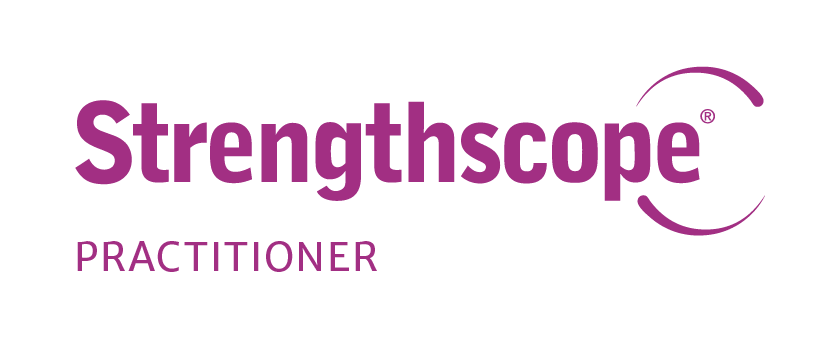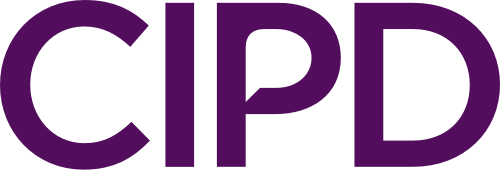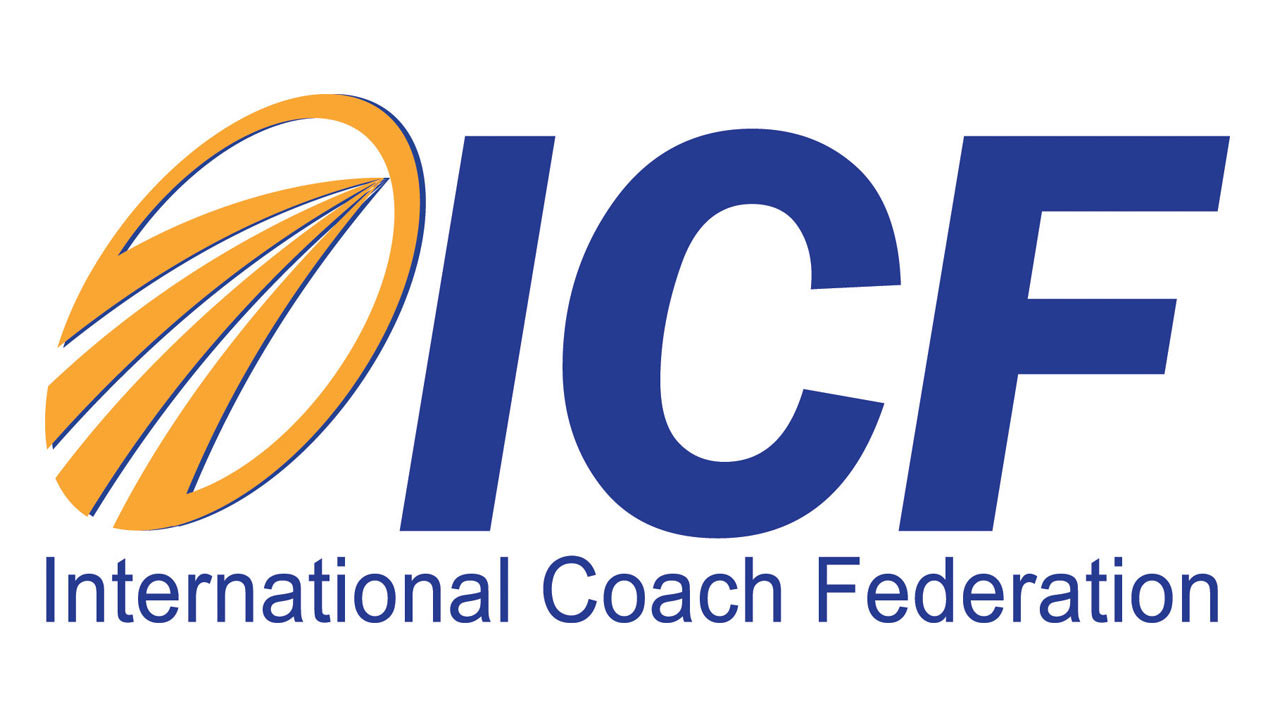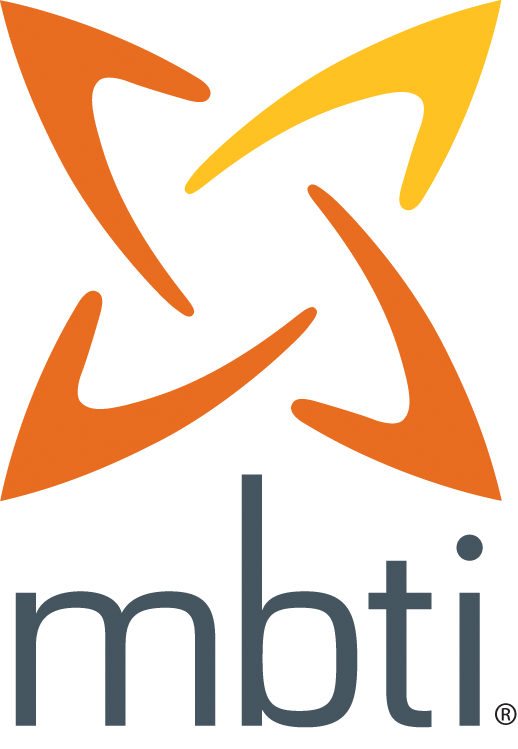Team Coaching
Elite Coaching works with boards and teams of executives and senior managers. We know from our experience that teams are most effective when their objectives are clear, pursued vigorously and reviewed regularly. We know that individual members of the team give of their best when their role in the team is clear and they understand and feel confident about their personal objectives. We know that, in order to reach their true potential, teams need to surface and work through their professional rivalries, the internal politics, so called “personality clashes” and damaging factions.
Elite Coaching will often preface a team development programme with a diagnosis exercise to create a platform of understanding about working styles and how the team perceives its own effectiveness, before working through practical ways to achieve excellence.
Team coaching is an effective way to get teams working together effectively and in a way that underpins the achievement of team rather than the individual. It creates a context where healthy and constructive challenge can exist without damaging or breaking relationships.
Case studies
Take a look at some of the case studies below, to get a flavour of the sort of work we undertake with top teams, in order to help them become as effective as they can be.
-
A specialist team in a national regulator
-
The senior team for a high street retailer
-
The top team for a customer relationship management business
-
The senior team for a community health provider for a London teaching hospital
-
National Charity
-
A London Clinical Commissioning Group Service Development Team







